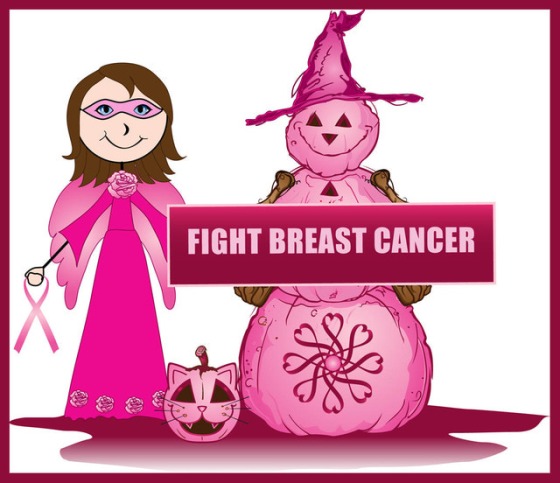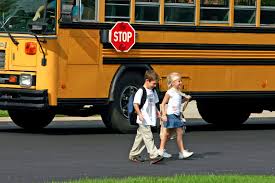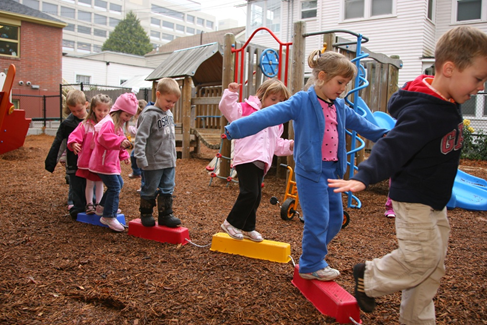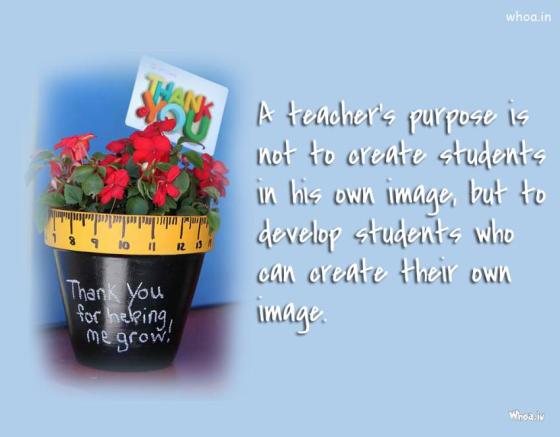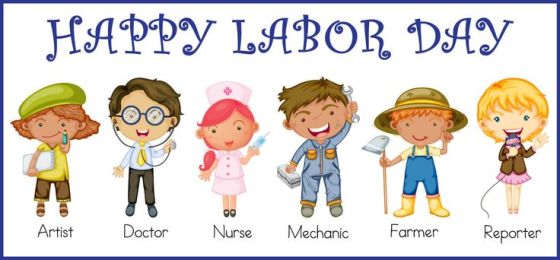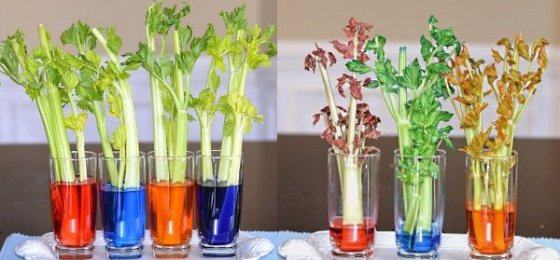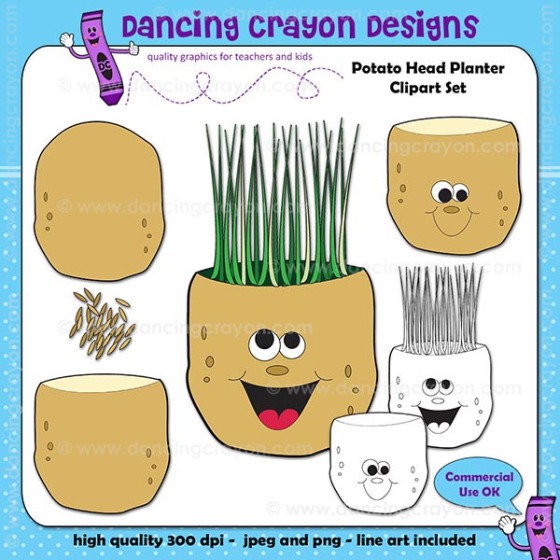This blog is focused on early childhood education, yet I know the topic that I am writing about today is very important to all providers and parents. Taking care of yourself, enables you to be here to take care of others. October we generally think of fall, cooler weather and Halloween; however it is also Breast Cancer Awareness Month. It is a reminder to all of us to get checked for breast cancer. The topic of breast cancer is not always comfortable, as well as, the procedure to get them checked, but it can save your life. Actually a mammogram takes only a few minutes of your time and is really not that bad. Yes, I have had a few! Early detection plays a major role in fighting and surviving the disease. So wear some pink, set up an appointment for a mammogram, and share this information with your parents, family and friends. It just might save someone’s life!
Did you know?
- Breast cancer is the most common cancer among women in the United States (other than skin cancer).
- About 1 in 8 U.S. women (about 12%) will develop breast cancer at some point.
- Breast cancer is not just a disease affecting women. A man’s lifetime risk of breast cancer is about 1 in 1,000.
- Besides skin cancer, breast cancer is the most commonly diagnosed caner among American women.
- In women under 45, breast cancer is more common in African-American women than white women. Overall, African-American women are more likely to die of breast cancer. For Asian, Hispanic, and Native-American women the risk of developing and dying from breast cancer is lower.
- Approximately 85% of breast cancers occur in women who have no family history of breast cancer.
- The good news is many women can survive breast cancer if it’s found and treated early.
For more information and valuable resources visit:
UGA Cooperative Extenison – Making the Right Choices to Reduce Cancer Risk
Click to access FDNS-E-93a.pdf
American Cancer Society
National Institutes of Health – National Cancer Institute
